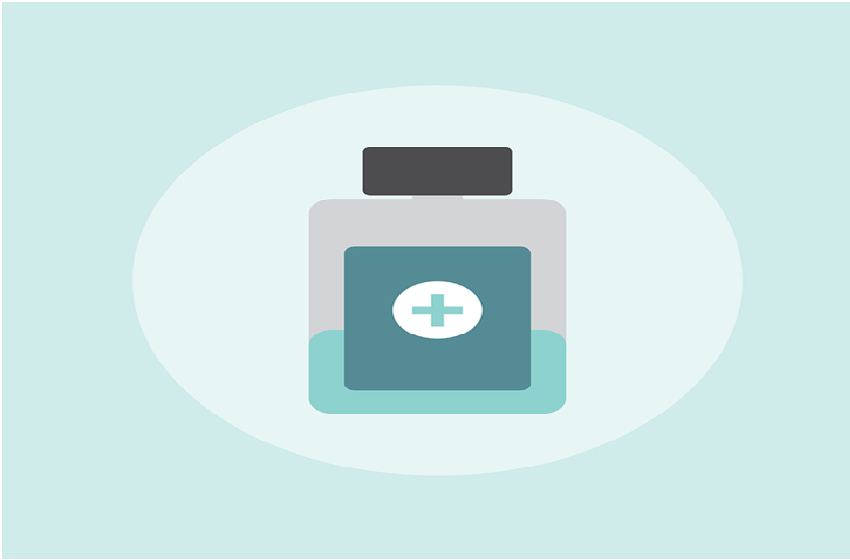What Kind of Bottles to Be Used for Urine Specimen

Urine has long been used as a source of measuring health and diagnosing diseases. The clinical insight obtained from a urine sample is typically influenced by the collection method, handling, and timing of collection. Let’s explore everything you need to know about proper urine collection and handling.
How to Collect a Urine Sample
Things to remember:
- Always collect the sample in a completely sterile urine specimen jar
- Store the sample jar in a sealed bag in your fridge if you can’t hand it in right away
Types of Urine Collection Specimens
When asked to give a urine sample, the lab or your healthcare professional will give you a container and explain the collection process to you. You can collect the sample at any time during the day unless your practitioner advises you to collect it at a specific time. The type of urine sample you might be asked to give is:
- Random Specimen: The most commonly collected and at times inaccurate specimen that can be collected at any time during the day
- First Morning Specimen: The specimen of choice for microscopic analysis and urinalysis as the urine is concentrated and has higher levels of analytes and cellular elements. This specimen is collected from the first morning pee.
- Timed Collection Specimen: Tests that measure urine urea nitrogen, sodium, glucose, potassium, creatinine, etc., require a timed collection specimen. In this method, the bladder is emptied before beginning the timed collection process, which can last eight to twenty-four hours, during which time you have to collect and refrigerate all the urine.
- Catheter Collection Specimen: This is an assisted procedure performed by healthcare providers for patients who are bedridden or cannot urinate independently. It involves inserting a foley catheter into the bladder via the urethra to collect the sample. The specimen is collected in a urine transfer device and transferred into a sterile container.
- Suprapubic Aspiration Specimen: This specimen is collected by needle aspiration for bedridden patients who cannot be catheterized. The specimen is collected via a needle through the abdominal wall into the bladder.
- Pediatric Specimen: As the name suggests, this specimen is taken from small children and infants. It involves attaching a collection bag to the skin around the urethral area to collect the urine and then transferring it into a collection cup.
Collecting a Urine Sample
To collect a urine sample, you should use sterile, screw-top compliance packaging in a medical-grade container and label it with your name, date, and date of birth. Don’t forget to wash your hands before the collection to avoid contamination. Start peeing, collect the sample, and screw the lid of the container shut. Follow all instructions given to you by your doctor.
Collecting a Midstream Urine Sample
A mid-stream urine sample involves collecting the middle part of the urine and avoiding the last and first parts. It’s done to reduce the risk of the sample being contaminated with bacteria from the skin around the urethra and your hands.
This sample type is used for culture and sensitivity testing due to the reduced microbial and cellular contamination risk. Before collecting the sample, you will be asked to clean the urethral area with a castile soap towelette. Then, you will have to avoid storing the first part of the urine stream and collect the midstream while avoiding the latter part of the stream. You can collect the sample in a collection jar any time of the day.
How to Store a Urine Sample
A urine sample is typically stored in urine collection jars that must be kept in sealed plastic bags. If you’re unable to hand your sample in within an hour of collection, it’s best to keep the jar in a plastic bag, seal it properly, and then store it in your fridge at about 4 degrees Celsius for up to 24 hours. This way, you will prevent the bacteria in the urine from multiplying and affecting the test results.
Urine Collection Container Requirements
A urine collection jar should be made from high-density PP plastic. It needs to be shatterproof, leak-resistant, and tamper-evident. The container needs to have a wide mouth to collect the urine properly, and it should come with a screw-on, leak-resistant seal.
What Are Urine Samples Used for?
If your general practitioner or healthcare professional asks you for a urine sample, they need to rule out or diagnose a certain health condition or disease. Urine contains waste products that your body filters out to remain optimally functional.
A urine sample is used in a urinalysis or other specific tests, in which lab techs perform a visual, dipstick, and microscopic test on the urine to determine if the sample contains anything unusual that might indicate an underlying health problem.
Typically, a urine test is done to check for various infections, such as a urinary tract infection (UTI), chlamydia, and other sexually transmitted infections (STIs) in men. The sample can also be taken to perform an ARC test, which will detect if you are passing any protein in your urine due to kidney damage.






